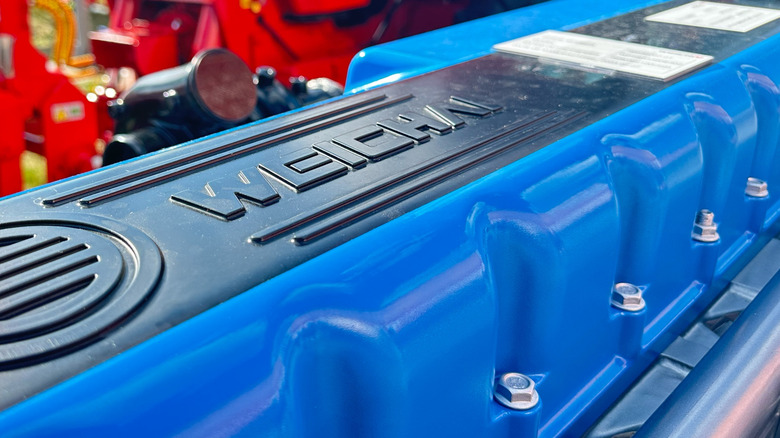The Challenge of Fuel Efficiency in Semi Trucks
In the United States, the average miles per gallon (MPG) for semi-trucks is typically in the single digits. Current models usually achieve around seven MPG, but some states report even lower figures, with trucks using less than six MPG. This inefficiency not only has environmental implications but also comes with significant financial consequences. Over the past two decades, diesel prices have steadily increased, making even small improvements in fuel efficiency a major factor in long-term cost savings.
Maximizing Engine Efficiency Through Brake Thermal Efficiency
One of the primary ways to improve fuel efficiency is by increasing brake thermal efficiency (BTE), which measures how effectively an engine converts fuel into usable power. A higher BTE means more power can be generated from the same amount of fuel. In 2024, Chinese diesel engine manufacturer Weichai made headlines by unveiling the Weichai WP13H, an engine that achieved a BTE of 53.09%. This was the highest recorded BTE for a production engine at the time and marked a significant leap from the industry average of 45-46%.
The achievement was verified by TÜV SÜD, a German testing organization, and the China Automotive Technology and Research Center. Weichai had been steadily advancing its engine technology over the years, starting with a 50.23% BTE in 2020 and continuously improving it each year until the 2024 announcement. The WP13H is part of the WP13 series, which is used in semi-trucks and dump trucks across China.
Key Innovations Behind the Breakthrough
To achieve such high efficiency, Weichai implemented several design improvements. These included optimizing the turbocharger’s airflow, enhancing fuel injection systems, and reducing friction between engine components. According to Weichai, these changes could lead to a 14% reduction in fuel costs compared to the industry average.
Since the 2024 release, Weichai has continued to refine its technology. In April 2025, the company introduced a new generation of its WP truck engines, including the WP14 and WP15 models. These engines maintain the 53.09% BTE of the 2024 model but feature a lighter weight and improved durability. Weichai claims that these engines are designed to last approximately 1.37 million miles, significantly outperforming the typical lifespan of a semi-truck engine, which is around 750,000 miles before requiring a rebuild.
Competitors and Future Developments
While Weichai holds the record for the highest BTE in a production engine, American diesel engine giant Cummins has also made strides in this area. In 2021, Cummins announced that its SuperTruck II project achieved a BTE of 55%, although this prototype has not yet reached commercial availability. This development highlights the ongoing competition between global manufacturers to push the boundaries of engine efficiency.
As fuel costs continue to rise and environmental concerns grow, advancements in BTE will likely play a crucial role in shaping the future of commercial transportation. With companies like Weichai and Cummins leading the charge, the industry is moving toward more sustainable and cost-effective solutions.
